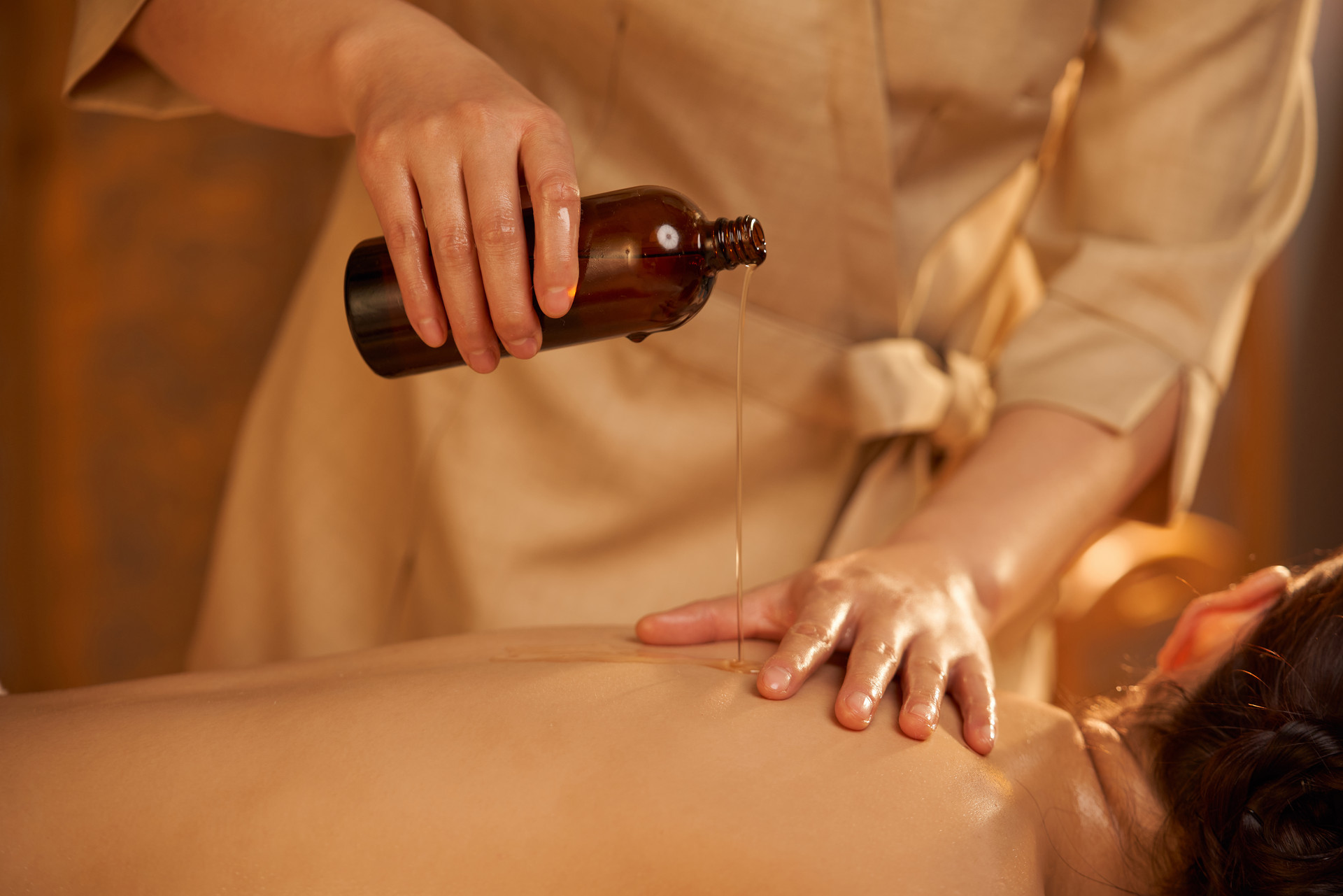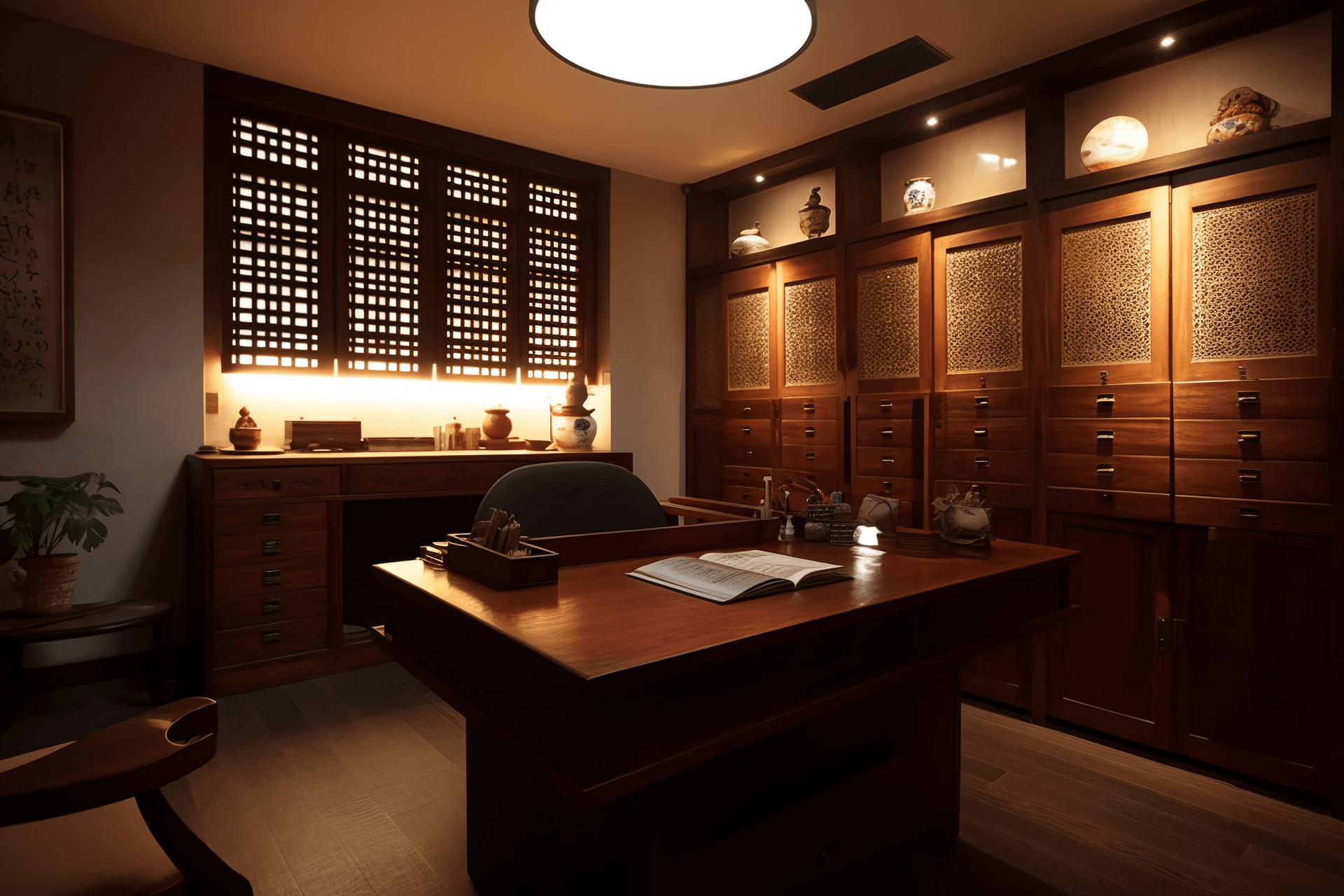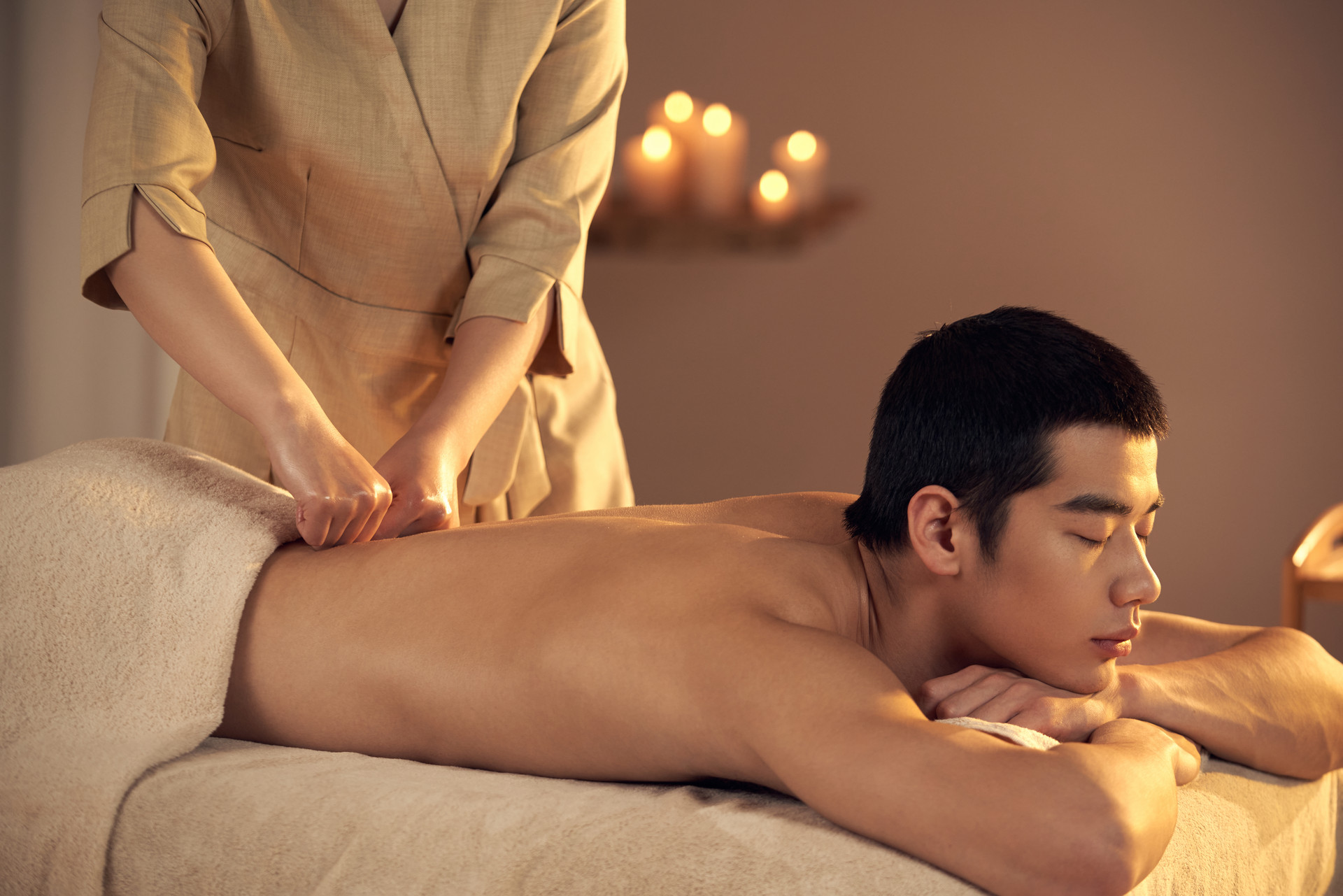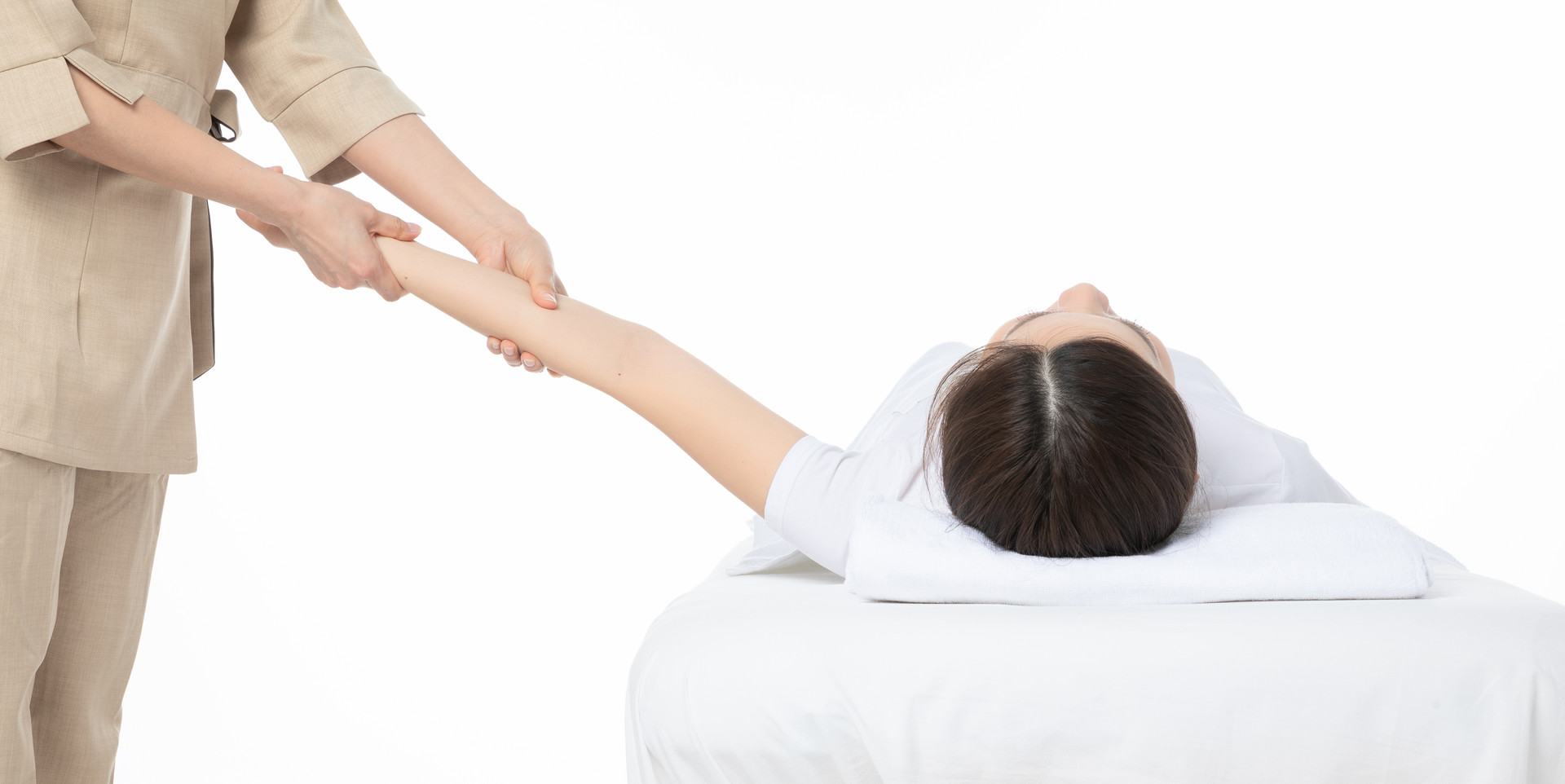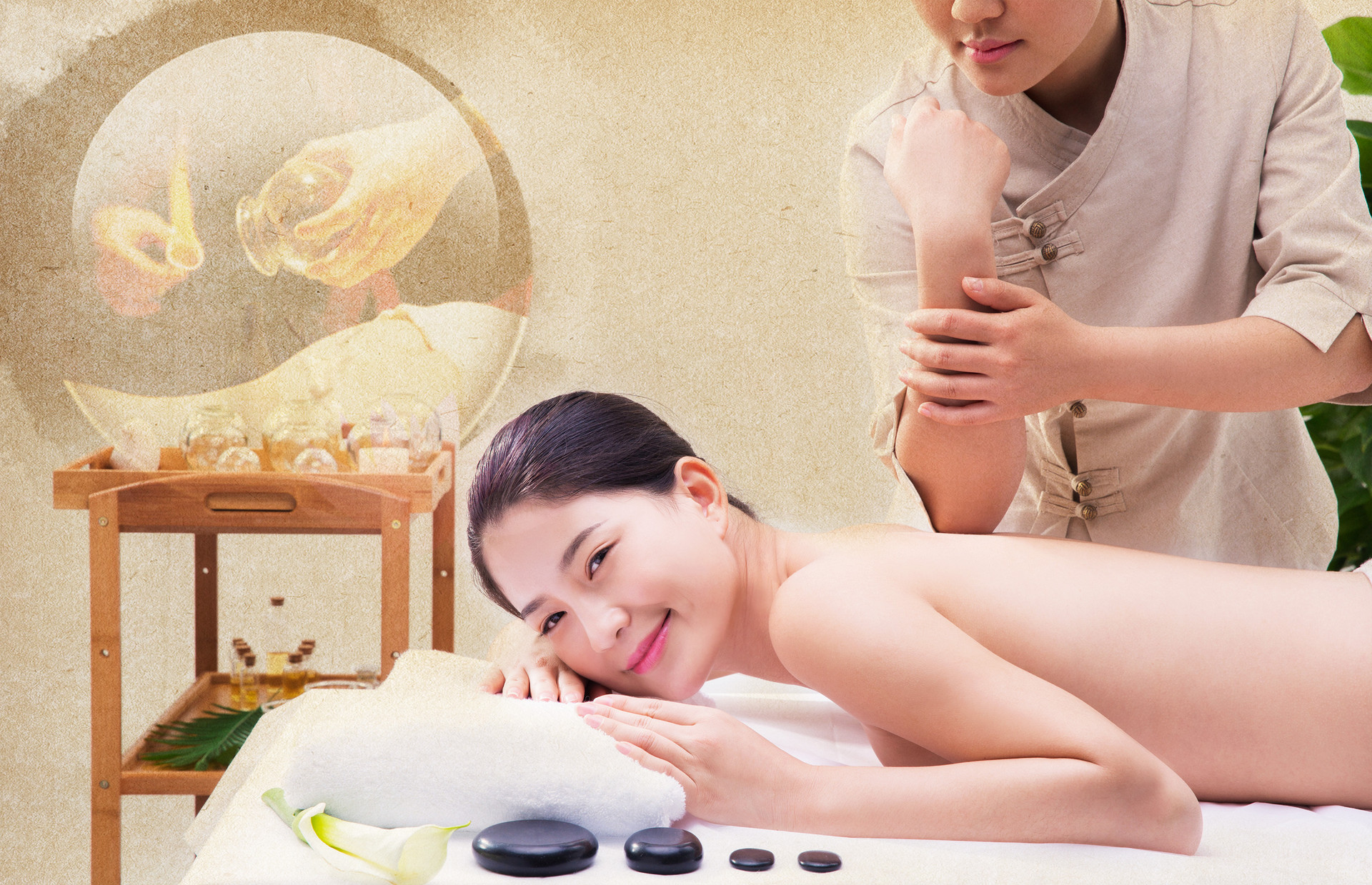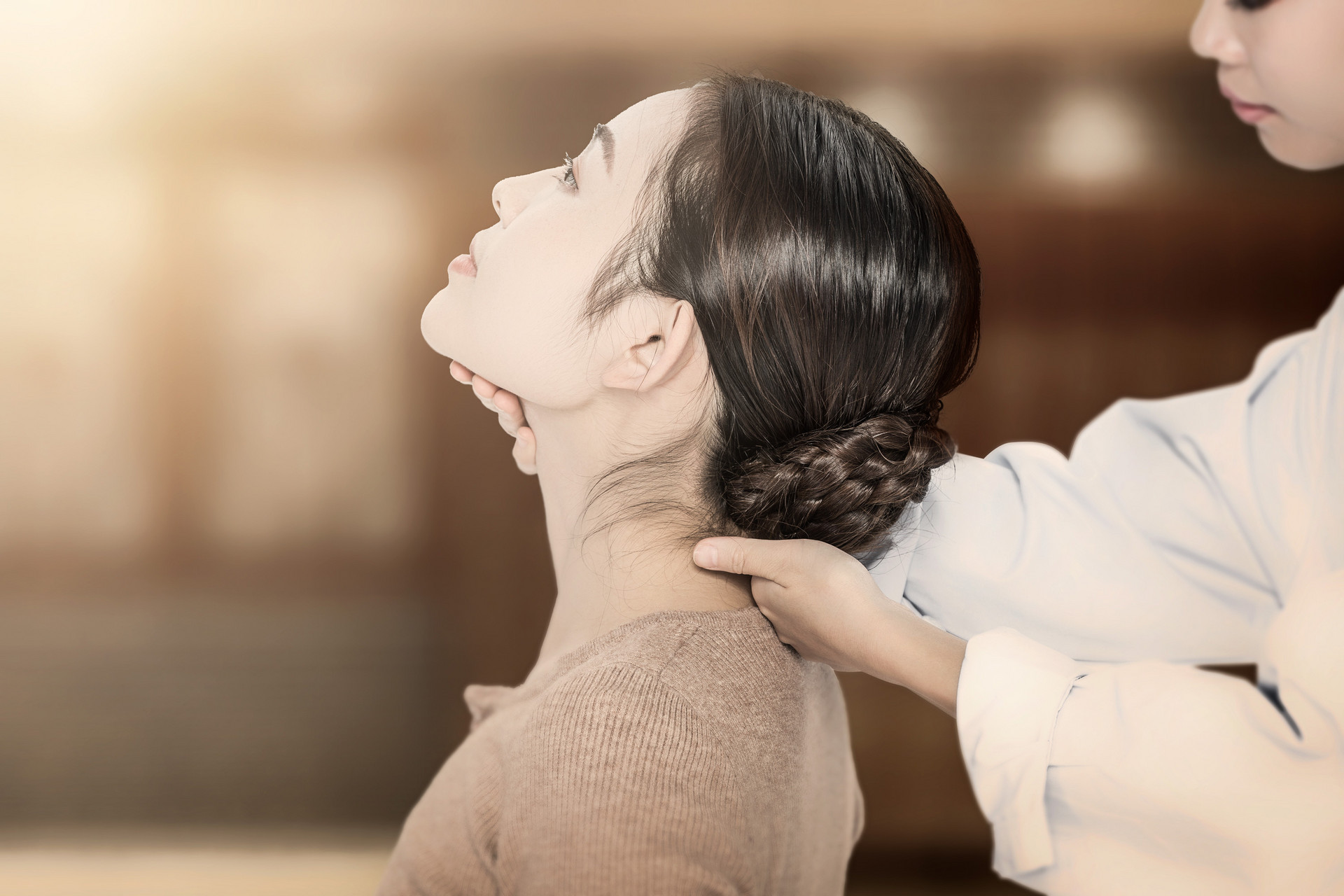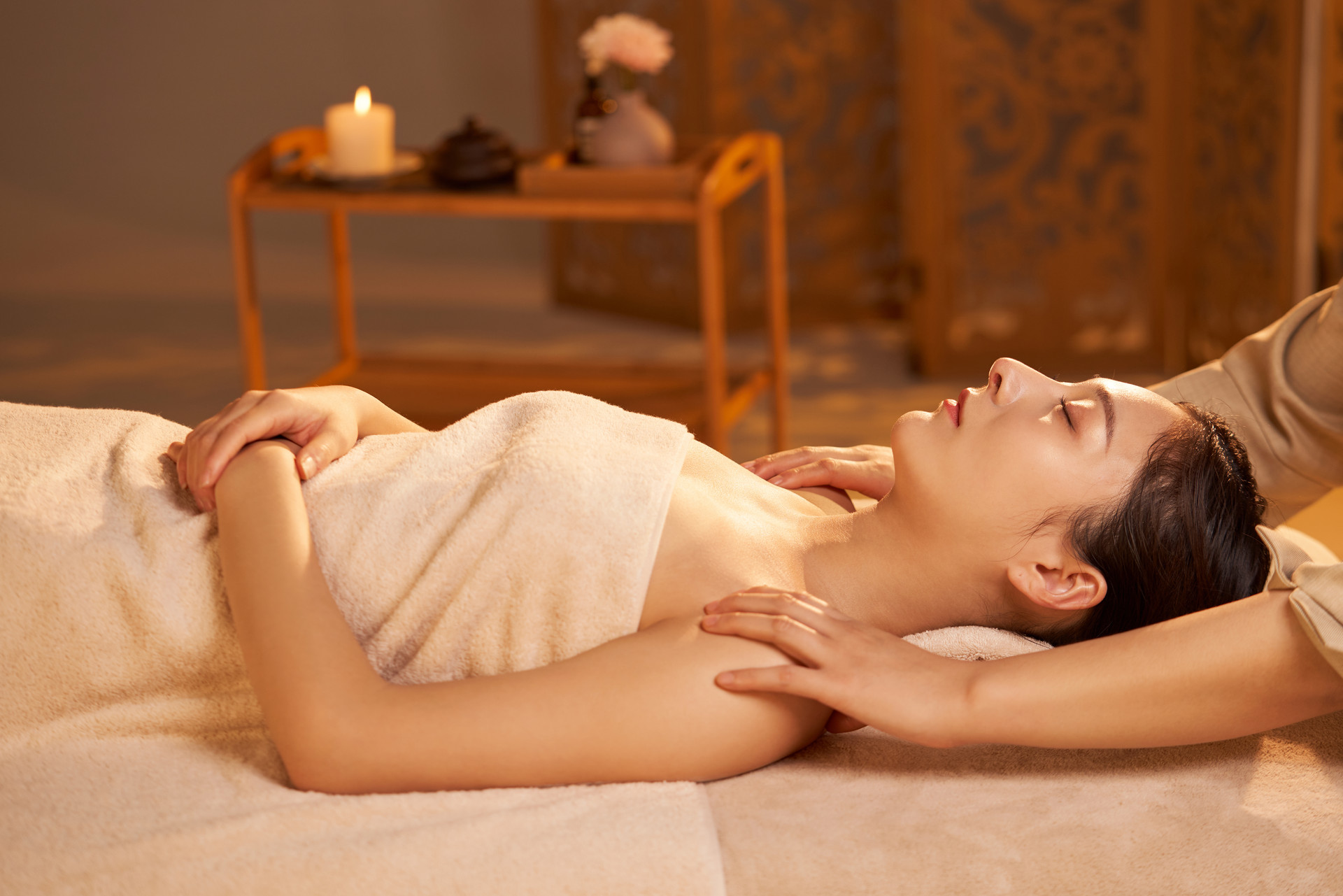First, the Na Zi Method
The Na Zi method involves the circulation of qi and blood through the twelve meridians according to the time distribution within a day. It starts at midnight, during the hour of Zi (11 pm - 1 am), with the Gallbladder meridian and follows the sequence of Zi, Chou, Yin, Mao, Chen, Si, Wu, Wei, Shen, You, Xu, and Hai. The meridians involved are the Gallbladder, Liver, Lung, Large Intestine, Stomach, Spleen, Heart, Small Intestine, Bladder, Kidney, Pericardium, and Triple Burner.
Second, the Mother-Son Supplement and Drainage Acupoint Method
The Mother-Son supplement and drainage acupoint method is based on the coordination of the zang-fu organs and the time of the meridians, combined with the patterns of deficiency and excess in each meridian. It utilizes the five-element relationship of the well, spring, stream, river, and sea points of the twelve meridians, following the principle of "supplement the mother for deficiency, drain the son for excess" to select acupoints for massage and manipulation to treat diseases. The drainage techniques include point pressure, pinching, rubbing, and rubbing, while the supplement techniques include kneading, rubbing, pushing, and grasping.
Third, the Main-Auxiliary Acupoint Method
The circulation of qi and blood through the twelve meridians follows a cyclical pattern based on the time of the day, starting from the Lung meridian during the hour of Yin (3-5 am) and ending at the Liver meridian during the hour of Chou (1-3 am). Each meridian receives qi and blood circulation for two hours within a time period. The meridian that receives qi and blood during a specific time is considered the main meridian, and its corresponding acupoints are the main acupoints. Other meridians are considered auxiliary meridians and their acupoints are auxiliary acupoints. In the practice of massage, if the main meridian or zang-fu organ presents excess patterns, the main meridian can be drained and the main acupoints can be heavily drained, while the other meridians and acupoints can be supplemented. If the main meridian or zang-fu organ presents deficiency patterns, the main meridian can be stimulated along its pathway, and the main acupoints can be gently rubbed or supplemented, while the other meridians and acupoints can be treated with drainage techniques. Generally, the main-auxiliary acupoint method focuses on the main meridian for massage, while the other meridians and acupoints serve as auxiliary treatments.
Fourth, the Mother-Son Meridian Pairing Method
In the relationship of the five elements, there is a saying, "The one that gives birth to me is the mother, and the one that I give birth to is the son." When qi and blood circulate within the mother or son meridians, specific massage techniques can be applied to adjust qi and blood circulation, balance yin and yang, and prevent and treat diseases. There is also a mother-son relationship between the meridians, and the mother-son meridian pairing method is used to select meridians and acupoints for treatment. There are two methods commonly used in clinical practice:
1. Mother-Son Supplement: For example, if the Lung meridian is weak, which is the son of the Spleen meridian, as earth gives birth to metal, the Spleen meridian can be supplemented to nourish the Lung meridian. Massage techniques such as point kneading at Zhongwan, Liangmen, Jianli, pushing the Du meridian from the lumbar spine upwards, and rubbing or manipulating acupoints such as Zusanli and Dadu can be applied.
2. Son Supports Mother: For example, if the Heart fire is weak and cannot generate the son, which is the Earth element, and the Earth meridian is circulating qi and blood, the Earth meridian can be supported to benefit the Heart. Massage techniques such as pressing and pressing Zhongwan, Tianshu, and pushing the Ren meridian downwards from the Tianchu point can be applied. Since the son is generally weaker than the mother, excessive drainage should be avoided, and the focus should be on warming and supplementing the deficient Spleen and Stomach. Rubbing the abdomen, as well as kneading acupoints like Dadu and Taibai, can be beneficial.
Fifth, the Opening and Closing Acupoint Method
According to the Na Zi method, the acupoints where qi and blood circulate within the meridians are considered opening acupoints, while the acupoints where qi and blood do not circulate are considered closing acupoints. In clinical practice, massage techniques can be used to open and close acupoints to establish a connection between the meridians. Generally, the Zi Wu method is associated with the yang meridians and is performed in the morning, while the Wu Zi method is associated with the yin meridians and is performed in the afternoon and evening. For example, during the Chen time period (7-9 am), when the Large Intestine meridian is circulating qi and blood, acupoints like Quchi, Erjian, Shangyang, and Hegu can be stimulated to connect with the Stomach meridian's closing acupoints such as Sanyinjiao, Chongyang, Lidiu, and JieXi, as well as to balance the Gallbladder meridian's closing acupoints like Xiaxi, Yangfu, Linqi, Qiuxu, and Riyue. During the You time period (5-7 pm), when the Kidney meridian is circulating qi and blood, acupoints like Fuliu, Yongquan, Yingu, and Taixi can be stimulated to connect with the Pericardium meridian's closing acupoints like Zhongchong and Dalin, as well as to balance the Heart meridian's closing acupoints like Shaochong, Shenmen, and Shaofu.
Sixth, the Internal-External Meridian Referencing Method
The circulation of qi and blood through the twelve meridians involves a relationship of mutual transformation between the zang-fu organs. Among them, the Lung meridian, Pericardium meridian, Heart meridian, Kidney meridian, Spleen meridian, and Liver meridian are considered internal-external meridians. Qi and blood circulation starts from the inside and goes outside, and the progression of a disease can also be observed from the inside to the outside. In massage practice, the circulation of qi and blood can be utilized to treat diseases by promoting blood circulation, resolving stasis, expelling pathogenic factors, and relieving toxicity. Specific methods include:
1. Following the Flow: Using fingers or palms to follow the flow of the meridians and promote circulation.
2. Forward Pull and Backward Push: Rubbing, squeezing, and stroking the superficial meridians and acupoints, and applying point pressure, pressing, and pushing on the deep meridians and acupoints.
The Large Intestine meridian, Small Intestine meridian, Triple Burner meridian, Stomach meridian, Bladder meridian, and Gallbladder meridian are considered external-internal meridians. Qi and blood circulation starts from the outside and goes inside, and the progression of a disease can also be observed from the outside to the inside. In massage practice, the circulation of qi and blood can be utilized to treat diseases by draining the superficial meridians, expelling pathogenic factors, and consolidating the internal organs. Specific methods include:
1. Blocking the Door to Resist Pathogenic Factors: Rubbing and pressing the superficial meridians to regulate the circulation and prevent pathogenic factors from entering the body.
2. Forward Block and Backward Cut: Rubbing or pressing the superficial meridians with fingers or palms and strongly pressing, pointing, and pinching the acupoints of the superficial meridians to drain them.
| 1 2 > >> >>|


